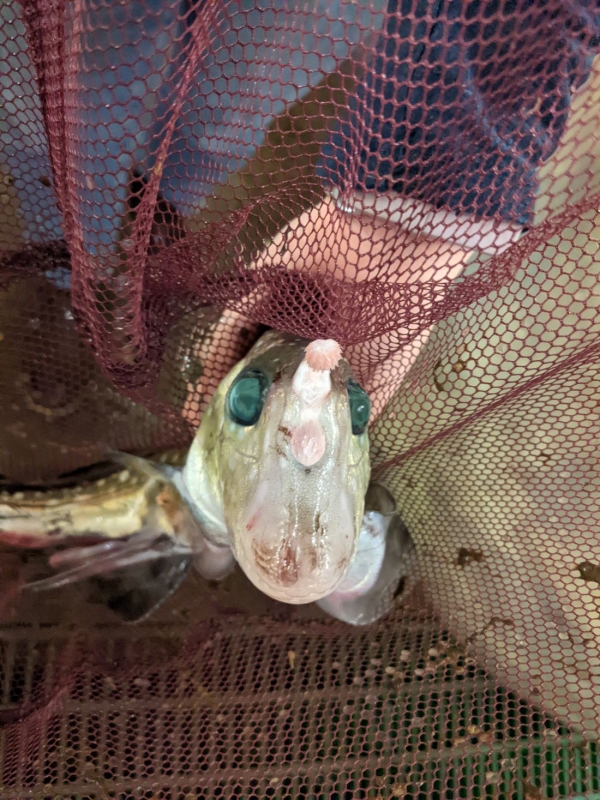Researchers from the University of Florida and the Seattle Aquarium are exploring 100 meters underwater in the Pacific Northwest this summer to learn more about mysterious ghost sharks, one of the strangest beasts from the depths of the ocean.
Using remotely operated underwater vehicles, or ROVs, the scientists searched for nesting grounds of the Pacific spotted ratfish, Hydrolagus colliei, a ghostlike fish that lurks on the ocean floor.
“We know very little about these elusive relatives of sharks and even less about their spawning habits and embryonic development,” said Gareth Fraser, an assistant professor of biology at UF, before leaving for the expedition. “We will deploy ROVs to try to find where these ghost sharks lay their eggs.”
Related to sharks and rays but separated by nearly 400 million years of evolution, ghost sharks — formally called chimaeras — are one of the most enigmatic and understudied group of fishes, Fraser said. They typically live in deep waters, which is why scientists don’t know much about them. However, there are a few places in the world, including in the Salish Sea along the coast of Washington, where chimaeras will come into more shallow waters to breed and feed, especially during the summer months.
“If we can locate their embryos, we can begin to learn about the developmental processes that lead to some weird morphologies, or biological characteristics, unique to these fishes,” Fraser said.
Read more at University Of Florida
Image: Ghost shark males have a giant bulb on their forehead called a tenaculum that grows spiky teeth. Credit: University of Florida


